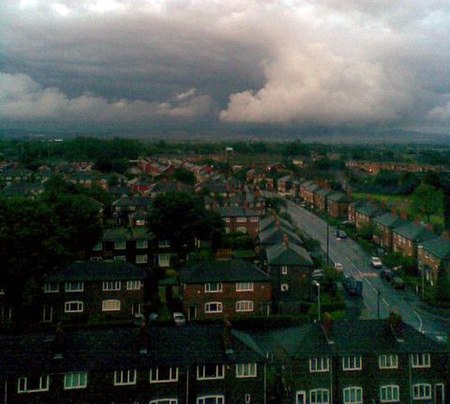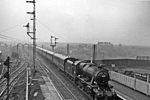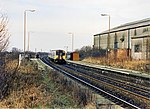Newton Heath

Newton Heath is an area of Manchester, England, 2.8 miles (4.5 km) north-east of Manchester city centre and with a population of 9,883.Historically part of Lancashire, Newton was formerly a farming area, but adopted the factory system following the Industrial Revolution. The principal industry in the area became engineering, although many were employed in the mining and textiles industries in the thriving areas of Clayton Vale and Bradford. Newton included what is now Miles Platting and it stretched to Failsworth. It was bounded by brooks and rivers on all four sides – the River Medlock, Moston Brook, Newton Brook and Shooters Brook. With the creation of Miles Platting the remainder of Newton became known as Newton Heath. Manchester United F.C. has strong links with the area, having been formed from the Newton Heath Lancashire and Yorkshire Railway Football Club.
Excerpt from the Wikipedia article Newton Heath (License: CC BY-SA 3.0, Authors, Images).Newton Heath
Mitchell Street, Manchester Newton Heath
Geographical coordinates (GPS) Address Nearby Places Show on map
Geographical coordinates (GPS)
| Latitude | Longitude |
|---|---|
| N 53.4999 ° | E -2.1833 ° |
Address
Mitchell Street
Mitchell Street
M40 2TJ Manchester, Newton Heath
England, United Kingdom
Open on Google Maps










